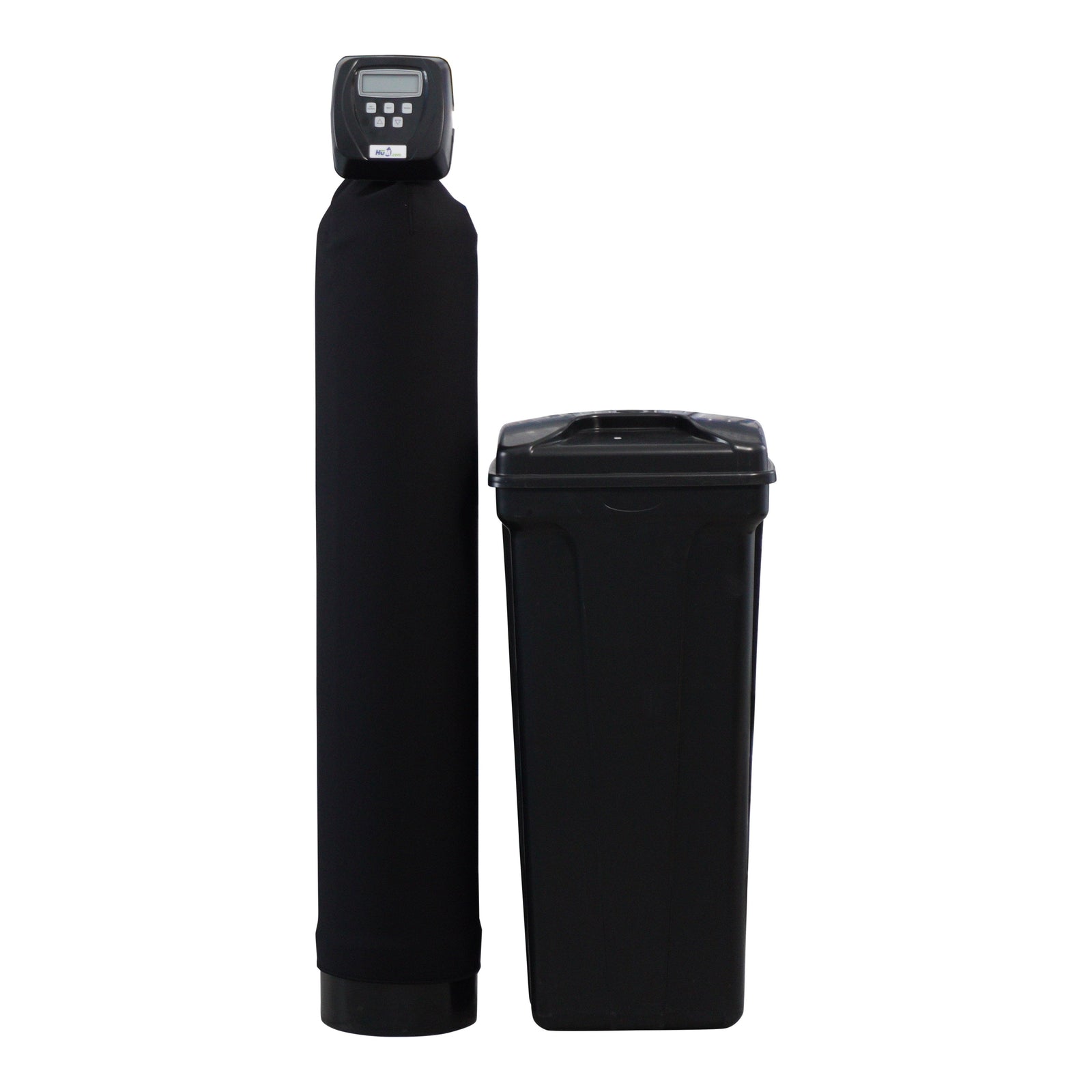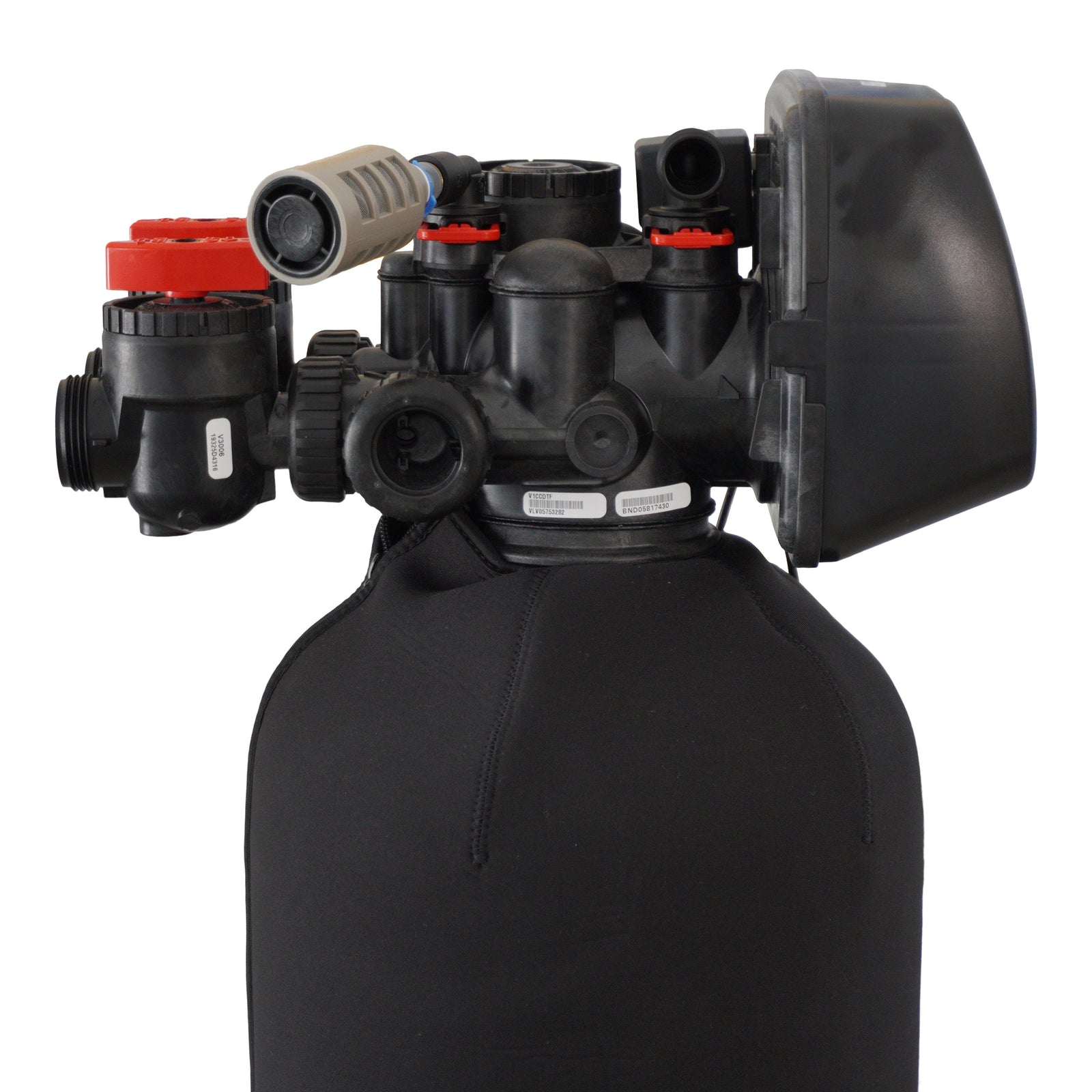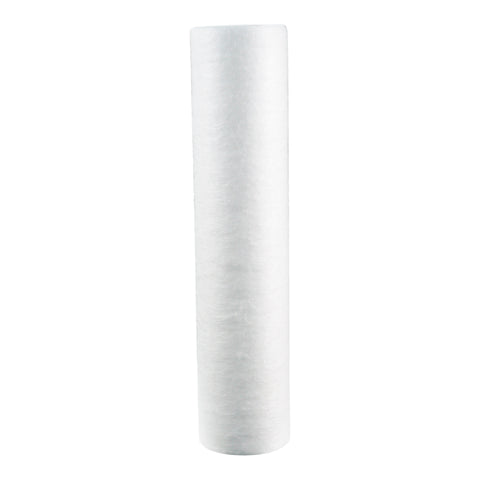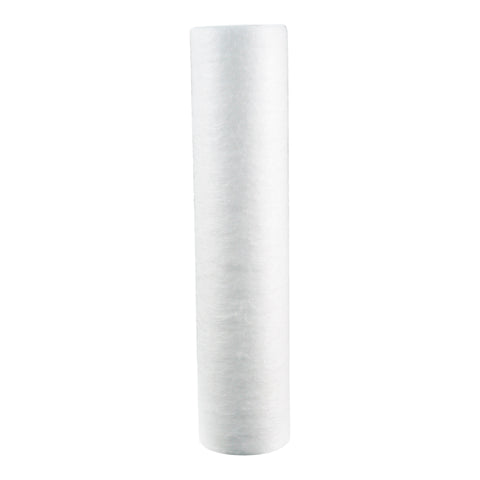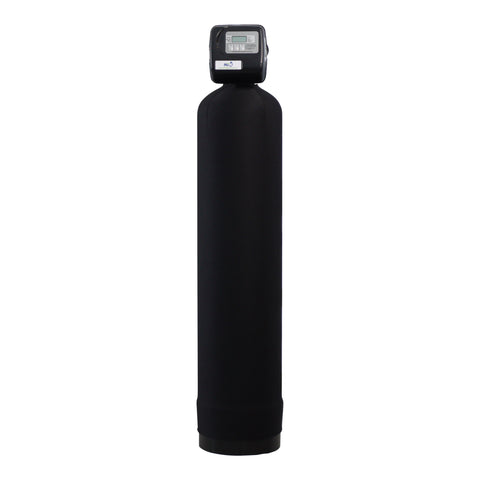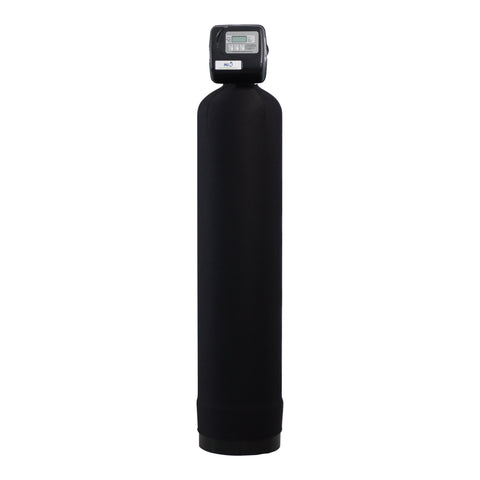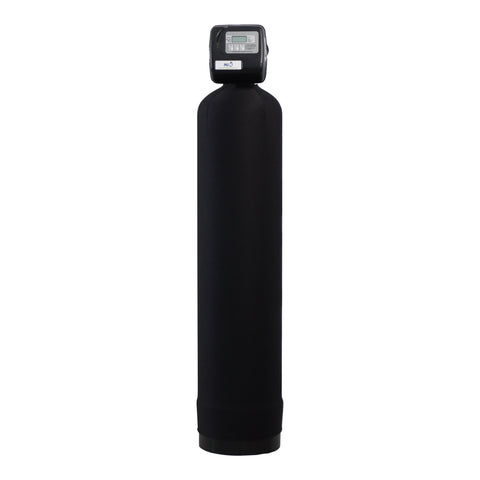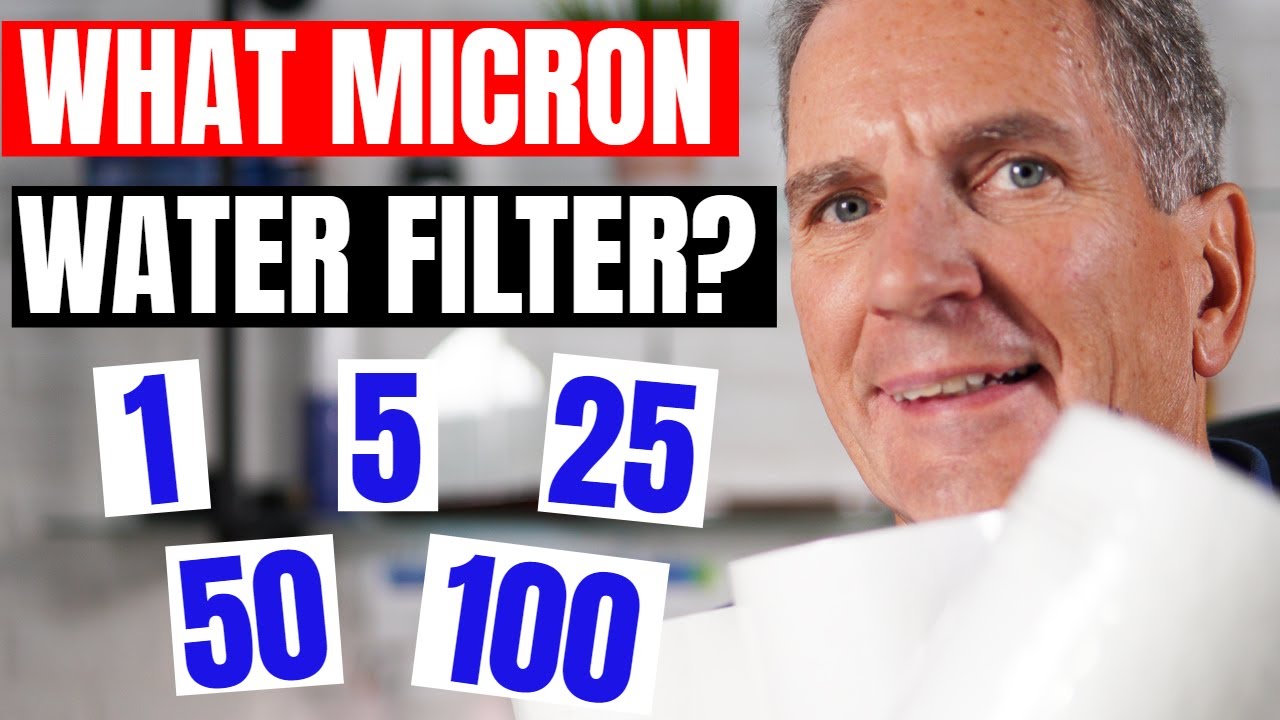
TYPES OF SEDIMENT FILTERS

Filters are rated by their ability to remove sediment down to a particular size of microns. There are several different micron ratings of sediment filters to choose from and they all look the same. But, believe me, they are all quite different!
If you choose one that is too dense, you could be restricting your water flow and will require replacement often.
Choose one that isn’t dense enough and it will not remove bigger sediment and will compromise your Ultraviolet disinfection system -- so you’ll still have too much sediment getting through into your home.
So how do you know which one is best for your purposes? The way you choose your sediment filter is to look at the filter's micron rating and the application you are using it for.
BUT WAIT... WHAT IS A MICRON?

A micron is one millionth of a meter.
And what does that mean in everyday terms? Well, for example, a human hair is 45 microns in diameter; a red blood cell is 5 microns in size.
When choosing a sediment filter, you really need to know what you’re hoping to accomplish as the end goal -- what are you intending to filter out?
Check out these examples to help you decide what's best for your purposes.
- If it’s a pre filter for an Ultraviolet light it will need to filter down to a very fine 5 microns.
- If you’re just thinking about removing some of the particles in your water because they’re clogging the screens going to your washing machine or bathroom faucets, a coarser 20 microns would be fine.
-
A great solution to get the benefits of both filters is to go with a
dual gradient filter like a 50 to 5, which is a very coarse 50 microns on the outside but a much finer 5 microns on the inside.
-
Another thing to consider is alternatives to polypropylene filter cartridges. If you have a lot of very coarse sediment in your water and you’re constantly replacing filters, you can go with a
spin down filter. But keep in mind that about the finest they get is 60 microns and you need to maintain these.
-
If you have lots of sand but don’t want to keep manually cleaning the
spin down filter you can go with an
automatic backwashable filter which will remove sediment down to almost 5 microns.
- If you have multiple needs -- like coarse sand, too much sediment, and you need to pre filter for a UV light -- then you can use a couple of filters starting at the coarsest filter first, in the direction of the water flow, going down to the finest filter.
- If you have a carbon filter in the mix, it would be the last filter because carbon will clog very readily from sediment in your water -- so you definitely want to get rid of that first!
SHOP ALL FILTERS
Looking for recommendations or guidance from a pro? Our Certified Water Specialist, Gary the Water Guy, is passionate about the water treatment industry -- from water softeners, to reverse osmosis systems, to UV filters and beyond -- and is here to help you conquer crappy water!
Reach out to us here for assistance in choosing the best water treatment solutions for you and your family.
Go here for your next video on Water filtration basics and I’ll see you there!
Video Transcript
Gary The Water Guy:
Not sure about what micron water filter you need? Is it 5, is it 10, is it 50, or 100? Is the lower number better, or is the higher number better? Well, I'm going to explain microns to you, and I'm going to help you choose what's best for your family starting right now.
Gary The Water Guy:
Hi, I'm Gary the Water Guy, and I simplify water filtration to help you conquer crappy water for your family.
Gary The Water Guy:
As you can see, the filters all pretty much look the same, right? Well believe me, they're quite different. This one's one micron. This one's five micron. This one's 25 microns, 50 microns, 100 microns, 2501, 5005, 7525. Now, it doesn't matter if they're a 10-inch big blue like these ones are, or 20-inch big blue, the small 10-inch slim line. They all in a multitude of different ratings, micron ratings, and they all look the same.
Gary The Water Guy:
If you choose one that's too fine, you're going to be replacing it way too often, and it's going to be a pain. If you choose one that's too coarse, it may not do the job you need it to do, like pre-filtering the water for your ultraviolet disinfection system, and then you compromise that system.
Gary The Water Guy:
Sediment or dirt filters are rated by the microns that they filter down to. What's a micron anyway? Well, a micron is one-millionth of a meter. What does that mean in everyday terms? Well, a hair is 45 microns thick, or in diameter. A red blood cell is five micron.
Gary The Water Guy:
When choosing a sediment filter for your family, you need to think, "Well, what do I want to accomplish?" If it's a pre-filtration for an ultraviolet disinfection system, you need five microns. If you're trying to get rid of that gray silt that's in the water, that really fine stuff, it'll pass through a five-micron filter. One micron would be a better choice for you. If all you're trying to do is get rid of some dirt from the water because it's clogging up the screen in your washing machine or something like that, then a 25-micron filter will work just fine.
Gary The Water Guy:
If you've got a lot of dirt in your water, you may have to have different levels or different filters, so you may go with a coarse filter first. So you can maybe go with a 50 micron like this one here as the first line of defense, and then go with a five-micron filter because you still want to get it down for that ultraviolet disinfection system so that you could use a couple filters.
Gary The Water Guy:
Another alternative when you need to get down to a five-micron filter for the ultraviolet light, but you're replacing it way too often, is you can go with a dual gradient filter. So this is a 5005, for example. It's 50 microns on the outside, so it's very coarse. It gets out the heavy stuff, the big stuff, logs and frogs, we call it. Then in the middle is a five-micron filter. So the bigger stuff gets stored in the outside, but you still get that five-micron filtration. Now, you can only get dual gradient filters in the big blue sizes at this time. So you need to think about that.
Gary The Water Guy:
But what if you've got lots of sand in your water? You're constantly changing filters, and it's a real pain. Well, then you can go with some other solutions. You can go with a spin down filter. That's what this is. Basically, this is connected in line with your plumbing. The water flows in one side, goes across the filter. There's a screen inside here that filters out the water, and then it continues on there. Then once a week, or once every couple weeks, you open up this valve at the bottom, you put a bucket underneath, and it flushes the dirt that's been accumulated inside here out the bottom. That's a great filter. Now, the only negative, of course, is that you got to remember to keep opening it and keep flushing it out.
Gary The Water Guy:
Another alternative is you can go with an automatic backwashing filter like this one behind me here. Automatically it backwashes once a week or once every 10 days to get rid of the bulk of the water. So a NextSand backwashing filter will filter down to five microns, which is pretty fine. If you have an ultraviolet light, you'd still want to follow it up with a five-micron cartridge filter, just to make sure you're getting down to that five microns.
Gary The Water Guy:
If you have a carbon filter as part of your water filtration system, you'd want to put that after the sediment filter. Sediment quickly clogs that carbon filter, so you want to make sure the sediment filters first and then the carbon filter.
Gary The Water Guy:
For your next video on water filtration, click up here, and I'll see you there.


